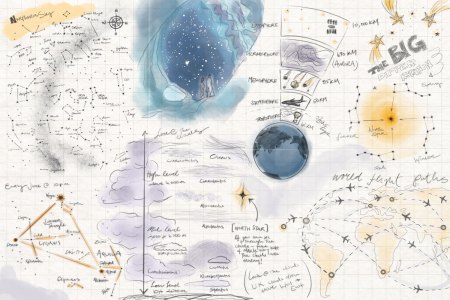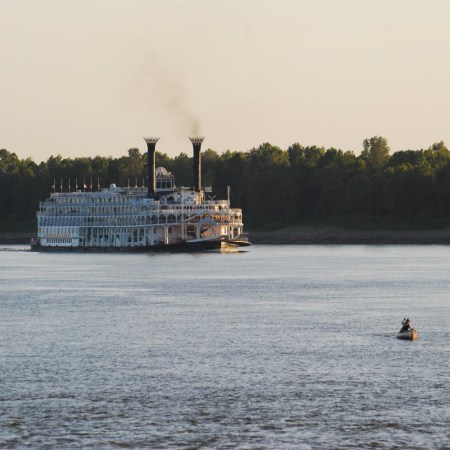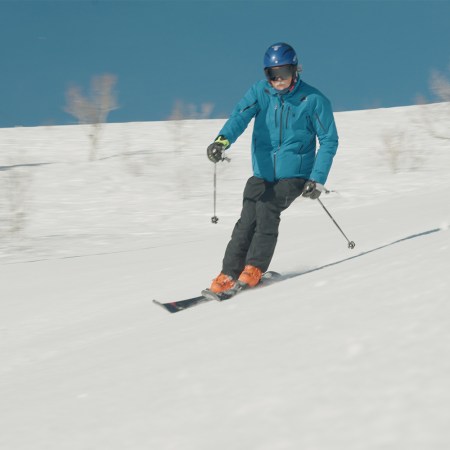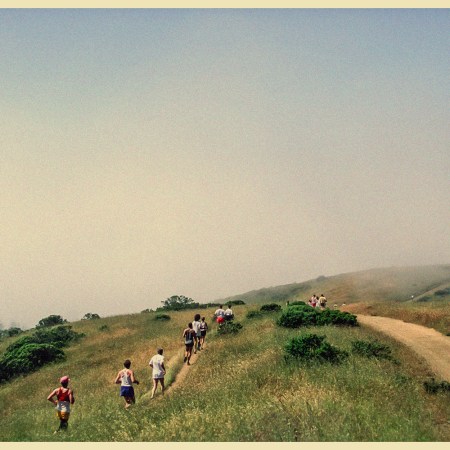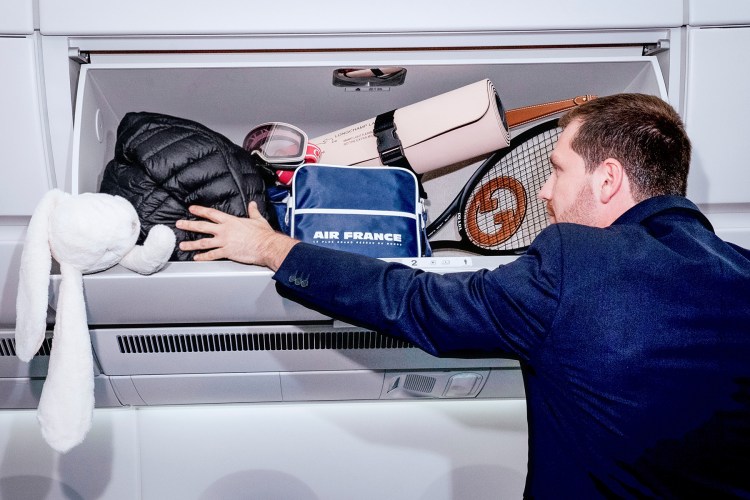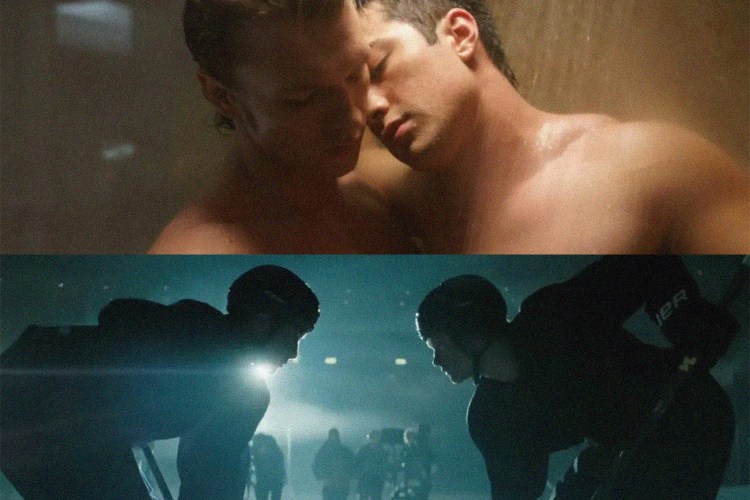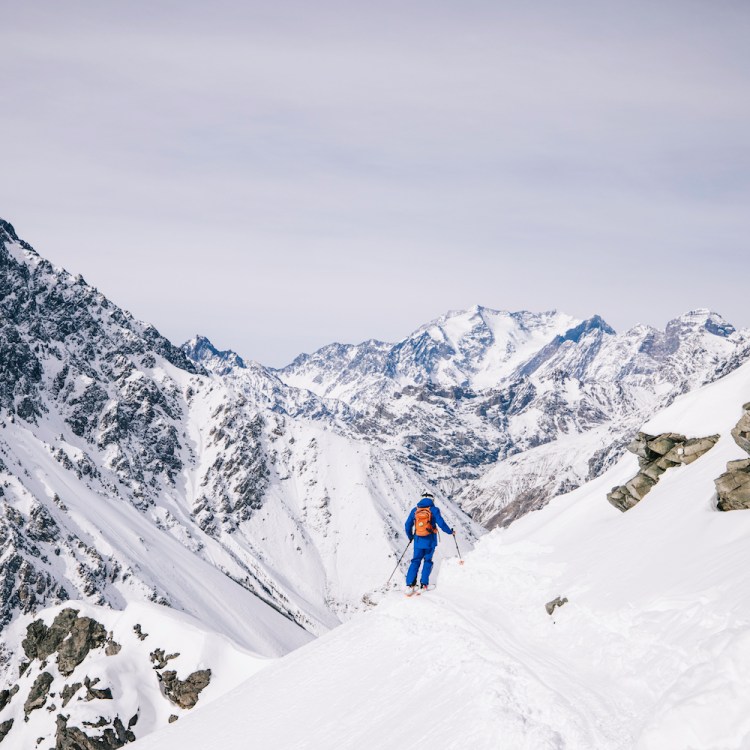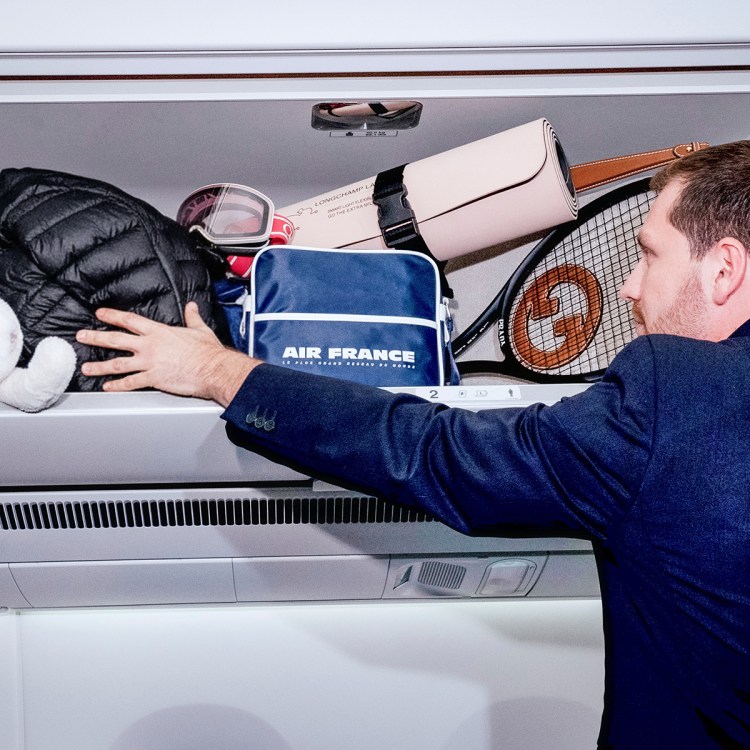Welcome to the InsideHook Guide to Summer, a collection of recommendations on everything worth doing, drinking, eating, watching and otherwise enjoying between now and Labor Day. Don’t forget the sunscreen.
We live in an odd era of adventure. Not only does it feel like Google Maps has plotted out every corner of the globe and there is a social-media travel influencer ready to tell you about the best local spots in every town you’ve never heard of, but even the most extreme pursuits seem passé. There are lines at the summit of Everest, cruise ship companies are swarming the Arctic and space tourism isn’t a figment of Orson Scott Card’s imagination, it’s an industry actively taking bookings.
However, for the everyday explorer, the person who wants to carve out some true adventure in their life without years of training, an exorbitant price tag or touristy crowds, there does happen to be one grossly underrated option, and it’s right under our very noses here in the United States: paddling the entire length of the Mississippi River.
“Thousands of people do the Appalachian Trail every year, but only a dozen or maybe two dozen do the Mississippi,” says Scott Miller, who has canoed the river, which runs from the headwaters at Lake Itasca in Minnesota to the Gulf of Mexico in Louisiana. “Maybe three dozen try it in a busy year.”
Miller, a 48-year-old oncology nurse who lives in Minneapolis, didn’t simply leisurely paddle the route — he was part of the four-person team that broke the speed record in 2023, with Guinness certification and everything. To make it more than 2,300 miles and through 10 states, his crew of canoers spent just 16 days, 20 hours and 16 minutes on the river.
But you don’t have to be like Miller, who, almost two decades before attempting that campaign, had paddled 2,000 miles in a different direction, from Minneapolis to Hudson Bay, “where the polar bears live,” he points out. Instead, you can be like Domonick Zanarini, a 37-year-old who lives in the Upper Peninsula of Michigan. In 2017, he also set off to paddle the entire length of the river with three friends, but without racing against the clock. Their trip, which included camping along the way, ended up taking 75 days, more than four times as long as Miller’s group.
Zanarini had never seriously canoed or kayaked before his journey, outside of camping as a kid, but he had tackled a number of bucket list hikes, including the Appalachian Trail (around 2,200 miles) and the Continental Divide Trail (around 3,000 miles). It was during the later expedition when he and a friend first got the idea of navigating the Mississippi. “We had a bad day through Montana, it was super hilly, and I remember we were at camp and we’re like, ‘What are some other things we can do that don’t involve hiking really long distances with heavy backpacks?’” he says. “We started to talk about the Mississippi River. ‘Oh, that’s kind of cool. I wonder if anybody’s ever done that?’”
For both of these amateur adventurers, the experience of paddling the Mississippi ended up being unforgettable. “[Most people] just have absolutely no idea, no idea whatsoever,” Miller says. “But it is an absolutely, jaw-droppingly extraordinary adventure. It is like truly, truly epic.”

Anyone Can Paddle
The Mississippi River has long loomed large in the American cultural consciousness, in large part thanks to the books of Mark Twain. His characters of Tom Sawyer and Huckleberry Finn even partly inspired Grimes, the futuristic musician who has three children with billionaire Elon Musk, to make an ill-fated trip down the river in 2009, when she still went by her given name, Claire Boucher. But despite its outsized role in our country’s imagination, to traverse it, even from “source to sea,” as the trip from the headwaters to the ocean is often described, you don’t need to be an expert paddler.
Zanarini is proof of that himself. “One of our friends, his mom, she lives in northern Wisconsin, and we all met there before we drove out to Lake Itasca,” he says. “That was the first time my canoeing partner and I had actually gotten a canoe and tried it out on this small little lake. So yeah, I had no experience.”
While Miller is certainly an expert, one of his teammates in his first attempt at a Mississippi speed record, in 2021, had previously tackled the river as a novice as well. “He paddled the whole thing having hardly ever even been in a kayak before, and he did great,” he says, while offering a caveat. “But there are other people who have no experience who try it and get themselves into big trouble.”
“So I wouldn’t say it’s so much about how much experience you have; it’s about your commitment level, and then it’s about your judgment,” he adds. “Because even if you don’t know what you’re doing, you have to have at least enough judgment to know if you’re putting yourself at undue risk.”
How to Navigate by the Stars
Tristan Gooley, the only man to fly and sail solo across the Atlantic, on using the night sky to find your way homeDavid Schotzko, area supervisor with the Parks and Trails Division of the Minnesota Department of Natural Resources, who oversees the first 94.6 miles of the Mississippi River, has seen plenty of cases of undue risk. Out on the river, he’s seen men battling hypothermia, been informed of paddlers calling 911 after getting in over their head, and had canoers tell him about trying to get close to swimming bears to get a photo-op. But he prefers to stop a risky situation before it starts.
“One time a couple years ago, I had a mother call me and she says, ‘My boy just graduated from high school and he’s decided to paddle the whole Mississippi in a canoe,’” Schotzko recalls. “And she said, ‘He has never been in a canoe before.’ So I gave her a lot of guidance and highly recommended not doing it.”
At least, he recommended not doing it until he had actually been in a canoe and thoroughly planned out his trip. On the other hand, Schotzko, who has personally paddled the entire stretch of the Mississippi he’s responsible for, says the opposite can sometimes be true: people obsess over planning when they really should just get out and experience it.
“There’s the other side of it where these people are planning for years,” he says. While that’s better than the alternative, he says the “fear of the unknown” can keep people from taking the journey.

To get started, Schotzko recommends visiting the Minnesota DNR’s website, which has maps and other resources. Miller suggests joining the Mississippi River Paddlers Facebook group. “Then you can ask any questions and read everybody’s old posts, and you can learn a ton from that,” he says. “That is the best resource.” As for Zanarini, he says he learned a lot from an online guide put together by adventurer Bruce “Buck” Nelson; but Zanarini also drew up his own guide and trip log that has become popular with would-be paddlers.
There are lots of factors to consider when planning: Do you canoe or kayak (or standup paddleboard)? Go solo or in a group? Do you want to exclusively camp or find other accommodations at points throughout the trip? What time of the year do you want to go? Schotzko recommends going before August when the water level near the headwaters, where the river is sometimes small enough that you can step across it, can be so low that you have to portage instead of paddle; but not too early, as there can still be ice on the lakes and even rivers in April. What gear will you pack? Miller advises bringing a lightweight paddle and good rain gear, Zanarini suggests rubber boots because the river can get “incredibly muddy and nasty.”
Once you get your logistics ironed out, though, part of the learning curve will happen on the river itself.
“They say to people that if you’re going paddle the whole Mississippi, it will teach you as you go,” Miller says. “You start at the headwaters, and you’re in elementary school. Then once you get to Minneapolis and St. Paul and you join the barge traffic, you’re in junior high or high school. Then once you get down below St. Louis, the river is so massive and the barges are so massive, you’re like in graduate school.”
“The Most Remote Wilderness You Could Imagine”
The Mississippi River, for all its old-time Americana charm, may not seem like the most enticing place to escape to in the 21st century. After all, it runs right through major cities like Minneapolis, St. Paul, St. Louis, Memphis, Vicksburg and New Orleans. Then there’s the barge and cruise ship traffic, which starts all the way up in Minnesota, but gets more daunting (at least from the perspective of a human-powered vessel) as you make your way south through more than 20 locks and dams, and then hit the wide, free-flowing lower part of the river. Things are quite different now than they were in Mark Twain’s 19th century.
And yet, Miller, having spent an extraordinary amount of time on rivers — and advocates for others to do the same, through his organization Two Paddles Canoe and Kayak Races, which hosts the annual Mississippi River Paddle Weekend in MN — finds them to be a unique sort of escape, in a way that those who haven’t spent days paddling them might not understand.
“Rivers are really like a hidden portal to adventure,” he says. “In many cases, when you’re on the river, it feels like you’re in a very remote place [even if you’re not].” On the water, you get a new perspective that you don’t on land: you’re lower, you traverse winding pathways that roads do not normally follow, and trees and bluffs shelter you from the world beyond the shore.
That said, the Mississippi River does get remote — very remote.
“The lower river, some people say it’s the largest wilderness area in the contiguous U.S., and I think they might be right,” Miller says. “Because between the levees, it’s as much as 70 miles wide and it’s a thousand miles long. So normally, you think the Rocky Mountains are the largest wilderness in the lower 48, but the Lower Mississippi might actually be more wild.”
“When the massive barges and cruise ships aren’t around, you’ll hear coyotes howling,” he adds, “and you’re in this big, huge, watery world that could be the most remote wilderness you could imagine.”

For Zanarini, this massive change along the 2,000-mile journey, from the trickle in northern Minnesota to the fast-flowing freeway of water down South, was the thing that most caught him off guard — especially how, despite the towering ships his group encountered, they found stretches of complete isolation.
“A lot of the river in the South is quite remote, and I wasn’t prepared for that,” he says. “I thought it would be, I don’t know, more populated, but it’s essentially in a huge flood plain, so there’s no houses or anything like that. You do feel like you’re in a remote trip down the river.”
While Zanarini says they used their smartphones the entire time, pulling up Google Maps to find marinas to tie up to and grocery stores to restock food supplies, Schotzko says cell service isn’t guaranteed. He’s had paddlers get in touch with him after their trips and complain to him that they couldn’t get a signal in certain areas, as if that’s his fault. Although, it’s that remove from the technological conveniences of the modern era, as well as the simpler navigational conveniences we rely on in everyday life — street signs, grid planning, traffic signals — that make this odyssey special.
“It’s a challenge getting through [the first section of the Mississippi] and I’ve had a lot of people ask me, well, put up flagging, put up all kinds of signs so people can get through there better,” Schotzko says. “Well, to me that’s part of the experience.”
“I try and tell people, bring good maps and things like that, or you want a GPS or something,” he adds. “You’ve got to do your homework, because, like I say, there’s not going to be signs and infrastructure every place you look. You’re going to have to use your skillset to find your way through there.”
The payoff for doing that homework, though, is that you don’t need to pay an exorbitant sum to have the bucket list quest of a lifetime, like you would if your checklist had an Arctic cruise, the edge of space or Mount Everest on it. Plus, the highest mountain in the world, the summit of which some have likened to being in another world, is now a place where as many as 100 people are reaching the top on the same day. Meanwhile, just a couple dozen people are traveling source-to-sea on the Mississippi every year. For those who do pick up a paddle, it’s only a matter of time before the river will overwhelm you with its majesty.
“The beauty is just always there: the sunsets, the sunrises, the sandbars, the forests, the islands, the birds, just immersing yourself in this whole other world,” Miller says. “And the longer you can spend in this other world, the world of the river, the more it gets into your soul.”
This article appeared in an InsideHook newsletter. Sign up for free to get more on travel, wellness, style, drinking, and culture.

